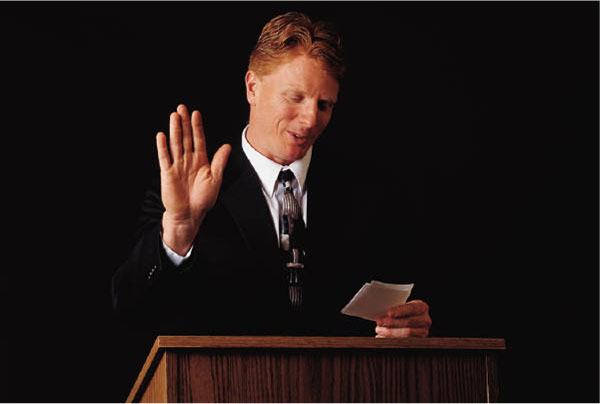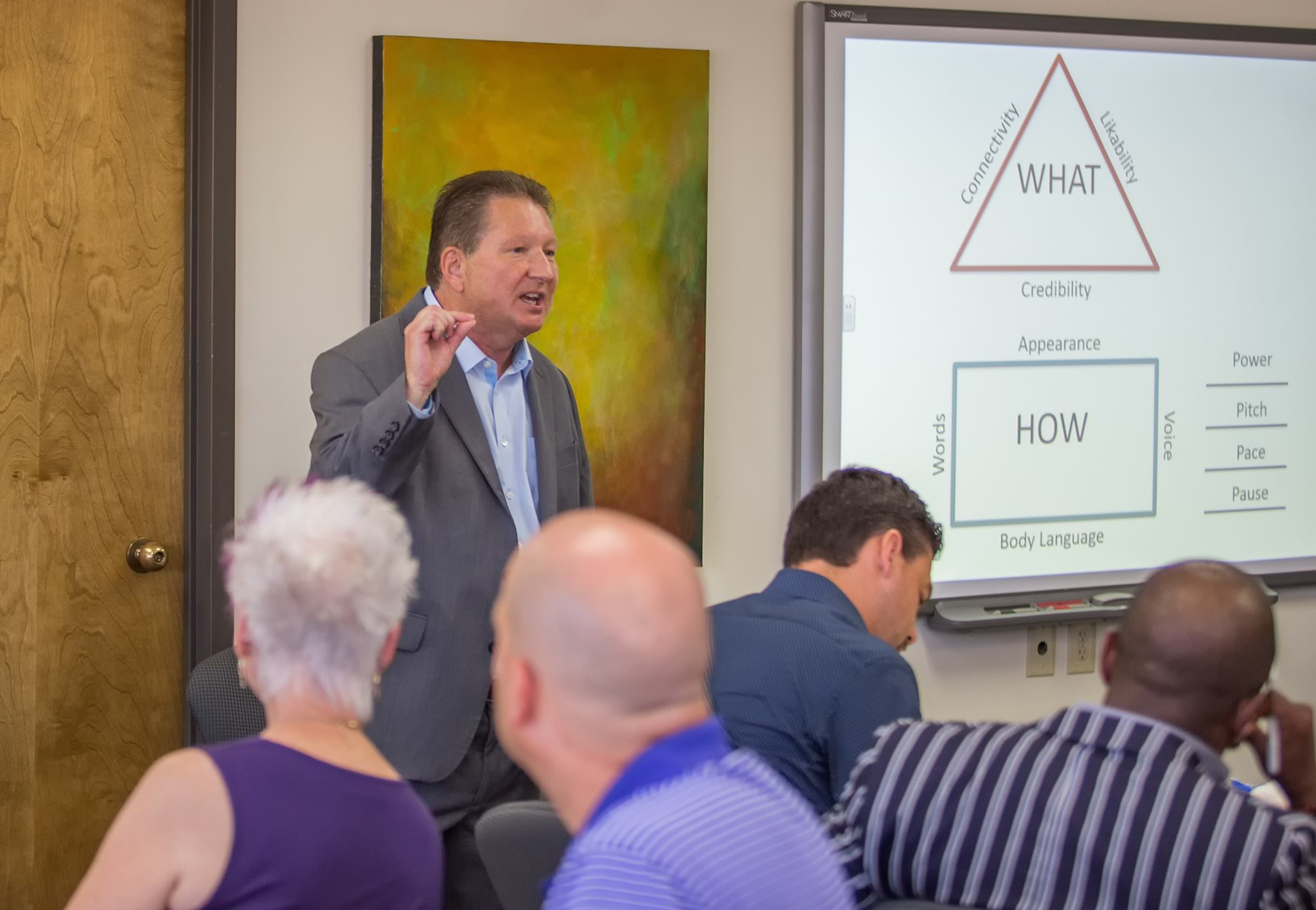By Julie Solomon
CMO, CCS Presentation Systems
Guest Blogger
As the Chief Marketing Officer of one of the largest audio-visual integration companies in the country, I am always asked to make recommendations and offer guidance for business presenters and other speakers on what they should use for their presentations.
Let’s face it, we’ve all been there. You are scheduled to give a business presentation at a new location and you are sweating the technology. How early do you need to get there to make sure everything works? Will your laptop connect? Do you have the cables you need? What about internet access on their network?
My best advice is this: Choose the right software and you don’t need to panic anymore.
With SMART Technologies’ award-winning SMART Learning Suite software ($109 MSRP) your nightmares are over.
Simply by jumping on the internet from the room’s in-house computer you can: easily open, deliver and save presentations anywhere, from any device — including Chromebooks and iPads; connect your audience’s devices to your presentation to get them engaged, contribute ideas and answer questions; gather live feedback; and so much more.
It all starts back at your home or office when you use the SMART Notebook software to build your presentation. A subscription lets you install SLS on up to four computers. Choose from over 7,000 learning objects in Gallery Essentials to enhance your presentation, including images, backgrounds, dynamic files, video and audio content. You can even search for and embed YouTube videos directly by opening the YouTube add-on. You can also include assessment questions through SMART Response that will track participants’ answers and a myriad of other exciting, interactive features all rolled up in one software suite.
‘Now, you have the ability to make your presentations as dynamic and innovative as you are.’
If you are presenting in a location that has a touch display, you can really show off. Use hand gestures to zoom, pan, flick, and swipe. Scale objects or pages, flick an object or swipe between pages. You also can touch the interactive display to shake objects to quickly group and ungroup them. Use a variety of different tools, including pens and paintbrush, to create and emphasize, draw in any color and even convert handwriting to text or calligraphy.
The days of death by PowerPoint are over! Now, you have the ability to make your presentations as dynamic and innovative as you are. To quickly learn the software and how to revise and expand your existing presentations, reach out to our local team of professional trainers. You can attend a workshop at our headquarters in Scottsdale or make arrangements to work with them one-on-one.
ABOUT OUT GUEST BLOGGER
 Julie Solomon, Chief Marketing Officer at CCS Presentation Systems in Scottsdale, manages all marketing and training activities for CCS Southwest and oversees national brand marketing for CCS locations across the US. In addition, she is responsible for fostering relationships with audio/visual vendors and new corporate and education customers.
Julie Solomon, Chief Marketing Officer at CCS Presentation Systems in Scottsdale, manages all marketing and training activities for CCS Southwest and oversees national brand marketing for CCS locations across the US. In addition, she is responsible for fostering relationships with audio/visual vendors and new corporate and education customers.
ABOUT CCS PRESENTATIONS

One of the largest groups of audio/video integration companies in the country, CCS Presentation Systems Inc. provides integration, installation, training, and maintenance of audio-video equipment to businesses, schools, and government clients. Products include LCD/LED large format displays, interactive collaboration tools, digital projectors, digital signage, audio systems, room control and more. CCS is the preferred supplier to the Education, Corporate, Government, and Non-Profit markets, boasting more than 350 employees in 13 states, with annual revenue in excess of $115 million. Phone: 480-348-0100










 Don’t let public speaking hold you back in your career any longer. Imagine being able to speak with confidence anywhere, anytime. There’s no better time than right now to start investing in yourself.
Don’t let public speaking hold you back in your career any longer. Imagine being able to speak with confidence anywhere, anytime. There’s no better time than right now to start investing in yourself.